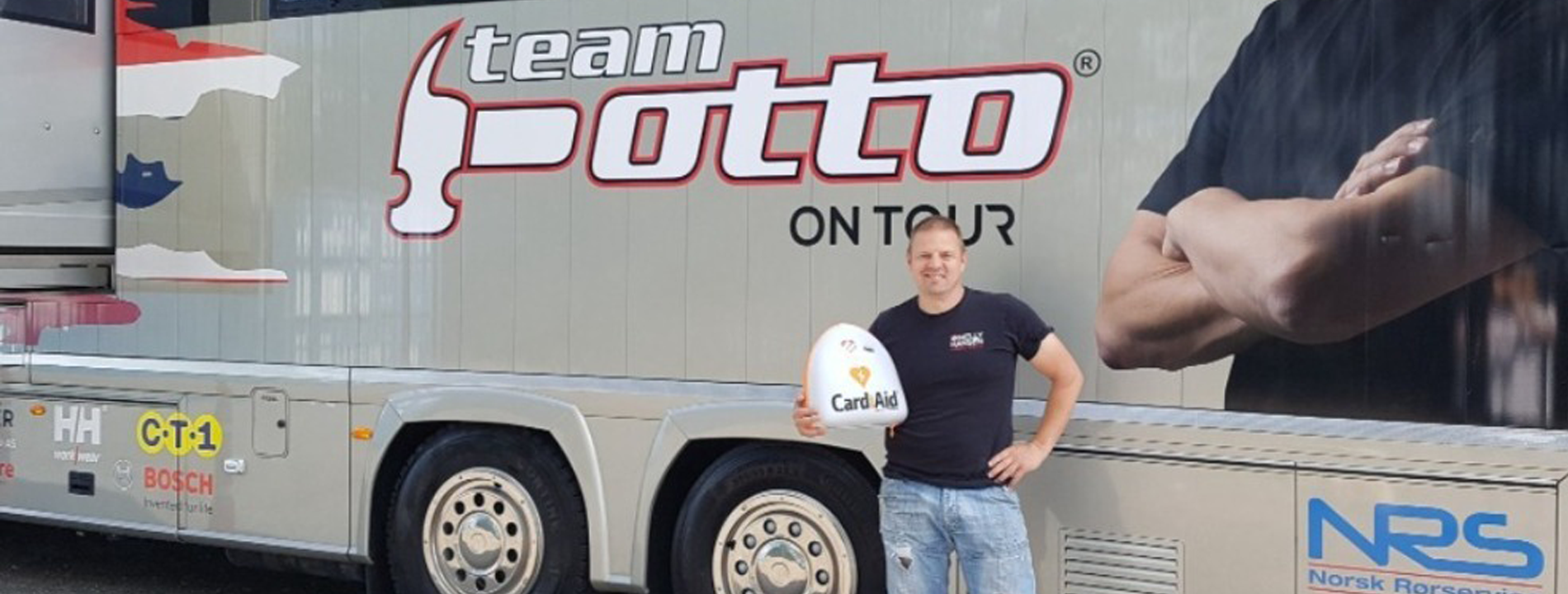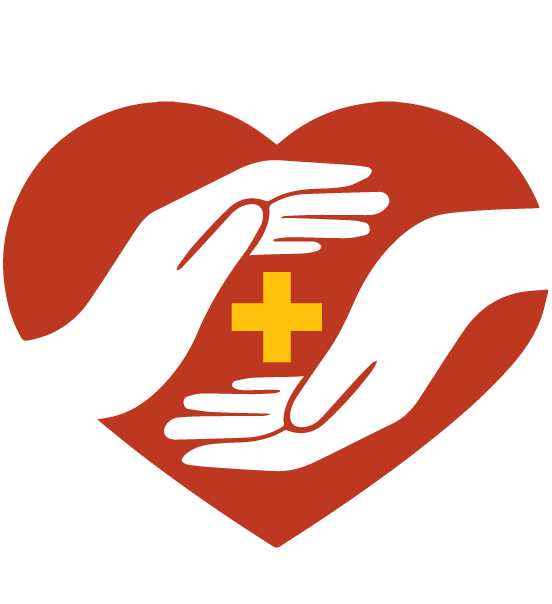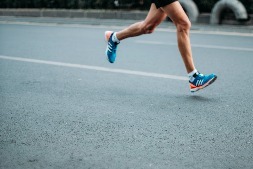7 Reasons to have a defibrillator in your car, motorhome or caravan
- Osnordic
- Category: Blog
- Hits: 426
Last weekend was this year's Caravan Fair. It was a successful event that attracted RV and camping enthusiasts. The fair presented the latest in motorhomes, camping equipment and travel destinations. Visitors could explore luxury vehicles, participate in informative seminars and enjoy food and entertainment offerings. It was an inspiring experience for travel enthusiasts and those who want to start their own adventure. Still, there was one thing missing: defibrillators.
Carrying a defibrillator in a caravan can be a decision that has the potential to make the difference between life and death. This small, portable medical device is designed to deliver an electric shock to a person experiencing sudden cardiac arrest, and it's important to understand why it's essential to carry one, as well as other first aid equipment, when traveling.
We will now look at the 7 most important reasons to have a defibrillator in the car:
1. Quick response is essential:
Cardiac arrest is a condition in which the heart suddenly stops beating, and time is of the essence for survival. The faster a person gets help, the greater the chance of survival. When you are on the road with a caravan, it can be a long way to the nearest hospital. Having a defibrillator in your car can mean the difference between waiting for professional medical help and being able to start life-saving treatment immediately.
2. Unforeseeable situations:
When traveling in a caravan, you can end up in situations where you are far from a hospital or medical help. This can include remote campsites, mountainous areas or deserted stretches of road. Having first aid equipment available can be a crucial resource when faced with such unpredictable situations.
3. The age group of motorhome travelers:
Many who travel by motorhome are older adults or pensioners who may be at increased risk of cardiac arrest. It is known that age, lifestyle and underlying medical conditions can increase the risk of heart problems. Having medical equipment on board can provide extra security for elderly travelers and their relatives.
4. Time saving:
In an emergency, it is important to act quickly. Waiting for an ambulance or other professional medical help can take time, especially in the countryside. A defibrillator provides the ability to start cardiopulmonary resuscitation (CPR) and deliver a shock to restore normal heart function immediately. This can help reduce the time wasted and increase the chances of survival.
5. Ease of use:
Modern defibrillators are designed for ease of use and are equipped with instructions and guidance to help even the uninitiated perform the correct treatment. This means that even people without medical training can use a defibrillator effectively.
6. Social responsibility:
Having first aid equipment on board a vehicle is not only a decision that concerns you and those traveling with you, but it is also a responsibility to the wider community. By being equipped to deal with cardiac arrest, you may also be able to help others in need, whether they are fellow travelers in cars on the road or people in nearby camping areas. Being well equipped can help a lot in the rescue effort.
7. Assurance of security:
Having a defibrillator on board provides a sense of security and safety. This can help reduce stress and worries related to health when traveling. Safety is an important factor in being able to fully enjoy the travel experience.
And most importantly: you save lives
Having a defibrillator in an RV is a decision that can literally save lives. It provides the ability to act quickly in emergency situations, especially when medical help may be far away. It is a way to take responsibility for your own health and safety, as well as a way to contribute to the community by being prepared to help others in need. Therefore, anyone traveling with a motorhome or caravan should consider investing in a defibrillator as an important part of their emergency medical equipment.
We have satisfied customers
At Folkestarteren, all our defibrillators are suitable for the road. We have several satisfied customers with caravans and motorhomes, buses and cars. The most famous of them is perhaps Otto Robsahm, also known as Sinnasnekker'n. A defibrillator from us was there when they filmed the show.

“My partner Ken A. Brox has previously worked as an ambulance worker, and has explained a lot to me about life-saving first aid. We both see the importance of a defibrillator. We actually have one each in the cars we drive, and thus they are involved in assignments throughout Norway."
- Otto Robsahm, Facebook 2017
Do like Otto and get yourself a defibrillator today! Contact us for a non-binding offer.





